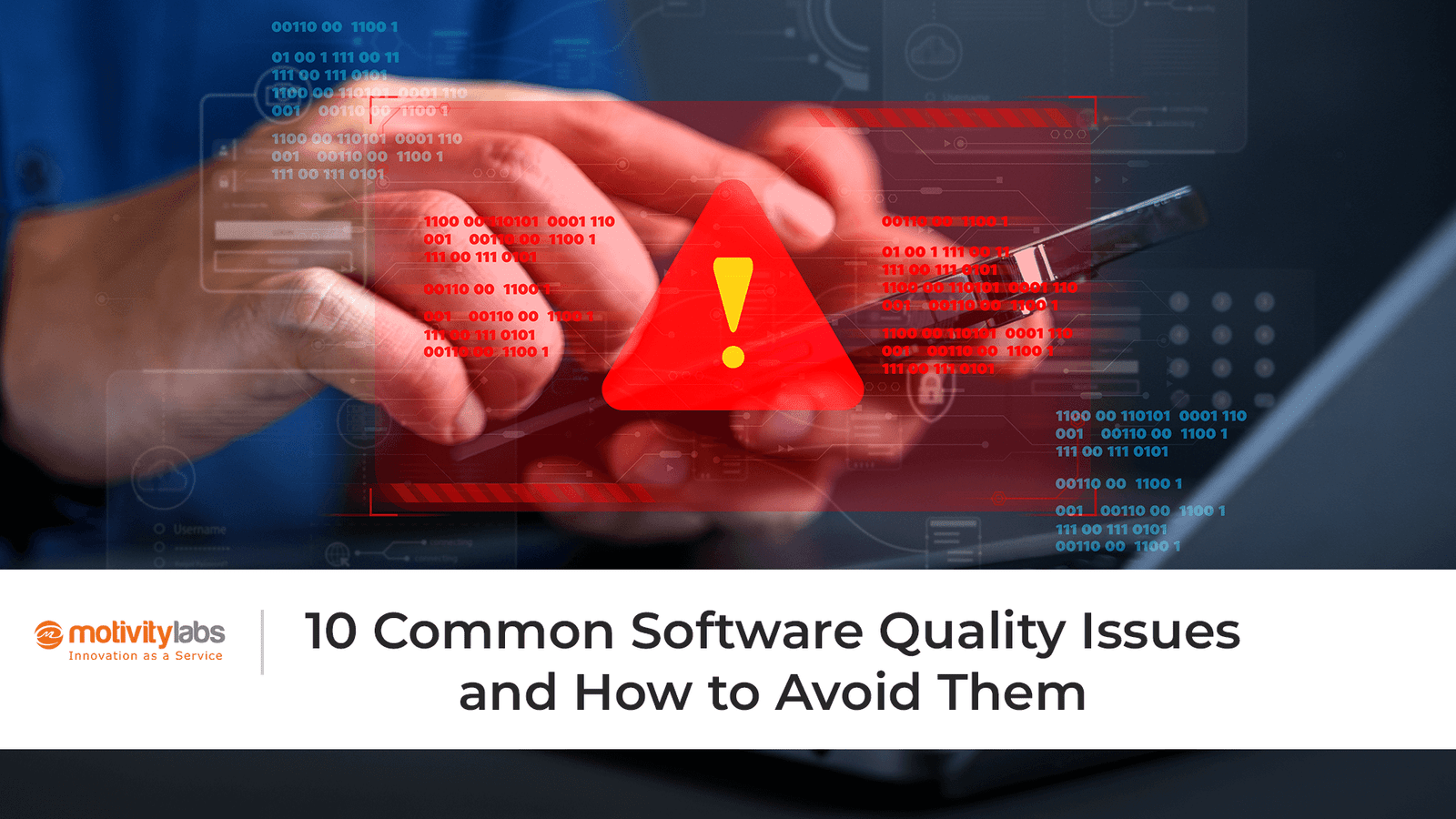Table of Contents
Top 7 Quality Engineering Practices for Modern Software Development
As the demand for high-quality software grows, simply delivering it quickly is no longer enough. Customers, partners, and users now expect fast, seamless, and secure experiences at all times. Poor software quality costs U.S. organizations an estimated $2.41 trillion in 2022, highlighting how vital quality engineering has become in mitigating risk and ensuring long-term success.
In modern software development, quality is no longer just the responsibility of testers. It is a shared responsibility across all teams, from developers to operations. By integrating quality at every step, from design to deployment, organizations ensure that their software meets user needs and performs reliably in real-world conditions.
Let us explore the top 7 quality engineering practices that help teams build faster and more advanced, ensuring reliability, scalability, and customer delight at every release.
Shift-Left Testing: Fix It Before It Breaks
In traditional development models, testing occurred at the end, after the code was written, integrated, and ready for release. Today, that approach is a recipe for disaster.
Shift-left testing involves moving testing activities earlier in the development cycle, even before the first line of code is written. Design reviews, unit tests, and static code analysis are all examples of early-quality gates that can help prevent defects from snowballing.
Teams adopting shift-left enjoy:
- Early detection of bugs
- Lower cost of fixing issues
- Faster time-to-market
- Higher overall product quality
The bonus is that developers and testers work more collaboratively, fostering a culture of shared ownership for quality.
Test Automation at Scale: Work Smarter, Not Harder
Manual testing can only take you this far in today’s agile, DevOps-driven environments. Speed requires automation, but it must be advanced automation. Efficient quality engineering focuses on automating repetitive, high-impact test cases such as:
- Unit tests
- API validations
- Regression suites
- Performance benchmarks
By integrating automation into CI/CD pipelines, teams ensure that every code change is validated instantly. This leads to fewer surprises in production and more confidence in each release. However, intelligent teams do not automate everything blindly. They prioritize automation based on business risk, user impact, and the maintainability of the test.
Real-World Tip: Choose the right tools that align with your tech stack, and invest time upfront to build a strong, scalable automation framework.
Continuous Testing: Quality Without Pause
In modern software development, continuous testing is the heartbeat of quality. It means that tests are not just run once at the end; they happen continuously throughout the process:
- After every commit
- After every integration
- After every environmental change
Continuous testing provides:
- Real-time feedback
- Early risk identification
- Seamless integration with DevOps workflows
This approach enables teams to release faster without sacrificing confidence. The mantra of today’s top engineering teams is to test early, test often, and test everywhere. With the right mix of automation, exploratory testing, and performance checks, continuous testing becomes a superpower rather than a bottleneck.
Performance Engineering: Designing for Excellence
User expectations today are exceptionally high. Apps must load in milliseconds, handle thousands of users simultaneously, and operate flawlessly across devices and regions. This is where performance engineering comes in. It focuses on designing systems for optimal performance from day one.
It is no longer enough to run a few load tests before launch. Performance must be integrated into architecture decisions, code design, infrastructure planning, and monitoring strategies.
Key practices include:
- Load and stress testing under real-world scenarios
- Resource optimization
- Scalability testing
- Chaos engineering to test resilience
By building for performance early, organizations can prevent downtime, reduce costs, and deliver experiences that customers love and return for.
Security as a Core Quality Attribute
In today’s evolving cyber landscape, quality and security are fundamentally interconnected. Users are unlikely to value the speed or aesthetics of an application if it is susceptible to data breaches, security vulnerabilities, or system outages. For this reason, contemporary Quality Engineering practices now incorporate security validation at every phase of the development process. This methodology is commonly referred to as DevSecOps.
This includes:
- Secure coding practices
- Threat modeling during design
- Automated security scanning of codebases
- Penetration testing
- Continuous vulnerability management
By addressing security early and consistently, businesses protect themselves legally and financially and foster trust with their customers. Trust is paramount in the digital economy.
Customer-Centric Quality Validation: Testing Like a Real User
While technical validations like functional testing, API checks, and database validations are necessary, true success is judged by the customer experience. Modern quality engineers go beyond just technical specifications. They:
- Map real-world user journeys
- Test across different devices, networks, and locations
- Perform usability testing
- Gather feedback through beta programs
- Use synthetic and real-user monitoring (RUM) tools
It is about walking in the customer’s shoes, not just following a requirements document. The goal is to deliver software that works and feels right to the people who use it.
Leveraging AI and Analytics to Supercharge QE
AI is not just changing development. It is revolutionizing quality engineering as well. Today, advanced teams leverage AI and analytics to:
- Predict defect patterns
- Prioritize high-risk areas for testing
- Automatically generate and maintain test cases
- Optimize test coverage
- Gain deep insights into user behavior after release
AI-powered quality tools accelerate testing, reduce manual overhead, and make quality efforts more strategic. Analytics platforms provide data-backed insights to understand whether the software works and how well it meets customer expectations over time.
Pro Tip: Start small with AI enhancements and gradually grow your capabilities. The gains compounded quickly.
A New Era of Quality Engineering
In the modern digital economy, software quality is not just a checkbox. It is a critical differentiator. Organizations that excel in quality engineering deliver faster, innovate more effectively, and build stronger customer relationships.
By adopting the seven practices outlined above, businesses can transition from reactive testing to proactive quality assurance. This approach creates secure, scalable, user-friendly, and resilient products.
However, navigating this shift requires more than good intentions. It demands expertise, strategy, and relentless execution. This is where Motivity Labs comes in.
At Motivity Labs, quality is at the heart of everything they do. Their quality engineering services are designed to help organizations move faster, build advanced, and deliver better. From shift-left strategies and test automation to AI-powered analytics and customer-centric validations, Motivity Labs empowers businesses to stay ahead of the curve.
When partnering with Motivity Labs, businesses gain more than just a service provider. They gain a strategy dedicated to their long-term success. Together, Motivity Labs and their clients can engineer the future with quality, speed, and excellence at the core.



